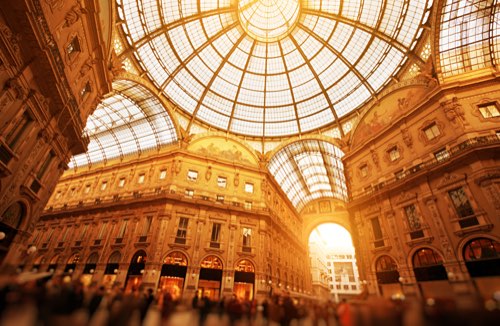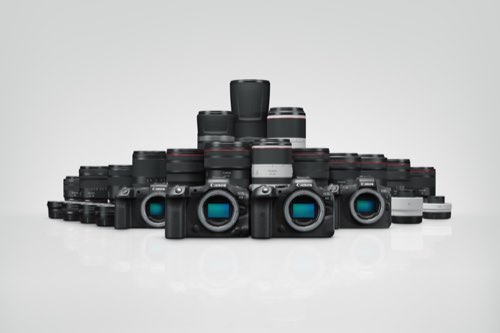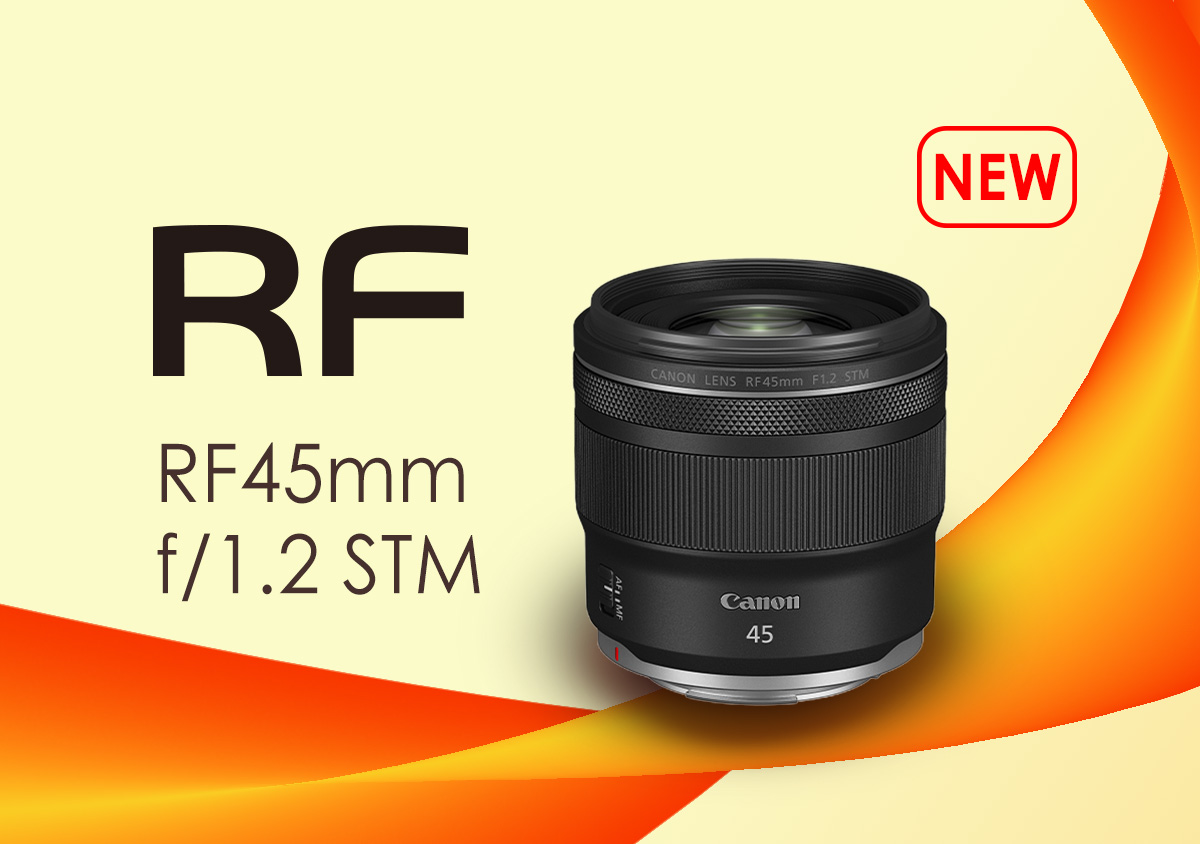An Introduction to Lenses
To take better photos, it helps to deepen your knowledge about lenses, how they work, and what they can do. Read these articles to find out more about different lenses and their characteristics, and about key lens-related techniques and concepts such as bokeh, deep focusing, and perspective.
Playlist
Articles
-
1
5 Things to Know About the RF45mm f/1.2 STM
An affordable and fast f/1.2 prime lens that creates distinctive images.
-
2
-
3
10 Concepts to Know Before Buying Your Second Lens
Learn more about lenses so you can choose a better second lens.
-
4
What’s the Difference Between RF-S and RF Lenses?
Explore the differences and how they make your picture different.
-
5
-
6
-
7
-
8
-
9
-
10
-
11
-
12
-
13
Lens Basics #9: Large Aperture Lenses
Large aperture lenses are also known as "bright" or "fast" lenses. Learn why photographers love them.













































